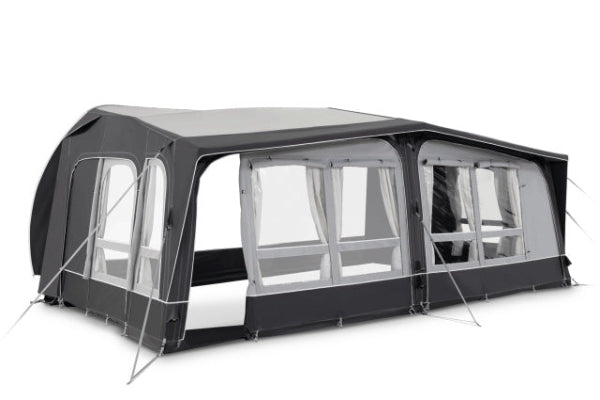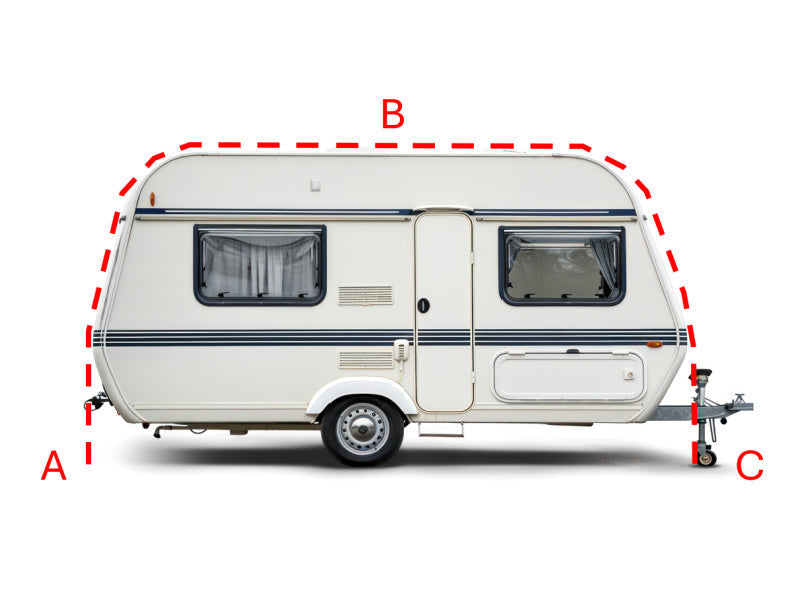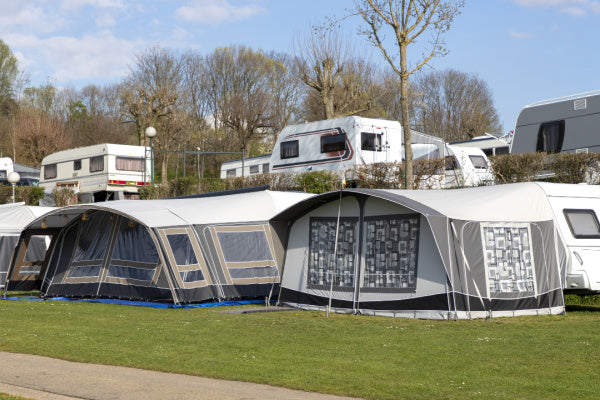Bell Tents and Yurts: Which is the Better Outdoor Accommodation?
Bell tent or yurt—which glamping tent steals the spotlight? Short answer: bell tents win for ease and elegance, yurts for space and all-weather charm. But the real choice depends on your vibe. Keep reading to find out which outdoor haven fits your comfort, setup skills, and selfie game best.
Bell Tents: Design, History, and Purpose
Conical Shape and Single Central Pole
A bell tent has a distinctive conical shape, supported by one central pole. This design gives it a spacious interior with plenty of headroom.
It’s ideal for anyone who enjoys room to stretch out while staying close to nature.
Guy Ropes and Pegging System for Support
The structure stays upright thanks to a system of guy ropes and ground pegs. It’s a simple yet reliable setup that holds steady in fair to moderate weather.
Brief Origins (Military, Sibley Tent)
Bell tents trace their design back to military use, particularly the Sibley tent. This heritage lends them a rugged charm mixed with modern practicality.
Primary Use: Portable Camping and Glamping
These tents are now a favourite for portable camping and glamping adventures. Easy to pack and quick to pitch, they bring style and comfort to any outdoor setting.

Yurts: Structure, Heritage, and Evolution
Lattice Wooden Frame and Compression Ring (Crown)
Yurts feature a collapsible wooden lattice frame, topped with a central compression ring. This ring supports a series of rafters that create the curved roof.
The structure feels both airy and solid.
Traditional vs. Modern Materials (Felt, Canvas)
Traditional yurts were covered with felt. Modern versions often use canvas or insulated fabrics to improve durability and comfort.
Deep Central Asian Nomadic Roots (Mongolian Ger)
Yurts have deep cultural roots. They originated with nomadic peoples in Central Asia, especially Mongolia, where they’re known as “ger.”
These portable homes were designed to endure harsh weather while being easy to disassemble and move.
Primary Use: Semi-Permanent Dwellings, Long-Term Stays, Glamping Sites
Today’s yurts are a popular choice for long-term stays and semi-permanent setups. They’ve found a new home at glamping sites, nature retreats, and eco-lodges.

Key Differences: A Comparative Look at Features and Performance
Construction, Setup, and Portability
Structural Complexity (Wooden Frame vs. Single Pole)
Bell tents have a single-pole structure, making them simple and lightweight. In contrast, yurts involve a more intricate assembly of wooden components.
Ease and Time of Setup (Faster Bell Tent vs. More Involved Yurt)
Setting up a bell tent is quicker and easier. Yurts take more time, often needing a team or detailed instructions, especially for larger models.
Portability and Packed Size for Transport
Bell tents pack down into a manageable bundle, great for car camping. Yurts are heavier and bulkier, best suited to locations where they can stay up for longer periods.
Interior Space, Comfort, and Weather Resilience
Usable Interior Space (Sloping Walls vs. Vertical Walls)
Bell tents offer decent space inside, but their sloping walls reduce usable floor area near the edges. Yurts, with near-vertical walls, make better use of every square metre.
Insulation and Temperature Regulation ("4-season bell tent" vs. Yurt's inherent insulation)
Some bell tents are marketed as four-season tents. However, they often require added insulation layers. Yurts naturally regulate temperature better thanks to their thicker walls and layered coverings.
Durability and Resistance to Wind, Snow, and Rain
Yurts are built to endure challenging weather. Their structure resists wind and snow more effectively. Bell tents do well in mild to moderate conditions but need waterproofing for heavy rain.
Options for Amenities (Stove Jack, Windows, Inner Tents)
Both types can be customised with features like stove jacks or inner tents. Yurts usually come with these upgrades built-in or readily available, whereas bell tents often need optional extras.
Making Your Informed Choice: Which Shelter Suits Your Needs?
Ideal Use Cases and Scenarios
Best for Short-Term Camping & Festivals (Bell Tent)
If you're heading to a festival or weekend camp, a bell tent is ideal. It's light, fast to set up, and gives that perfect mix of rustic charm and convenience.
Best for Extended Stays & Established Glamping (Yurt)
For long stays or building a glamping business, yurts offer greater comfort. They handle all-season weather and create a more homely interior space.
Suitability for Events (Weddings, Retreats)
Both options are great for events. Bell tents are easy to scale up and decorate, ideal for weddings and parties. Yurts, however, bring a more solid, luxurious touch, perfect for retreats or upscale venues.

Cost, Maintenance, and Lifespan
Initial Purchase Price Comparison
Bell tents are generally more affordable at the start. Yurts come at a higher price, which reflects their sturdier frame and longer-lasting construction.
Long-Term Maintenance Requirements (Canvas vs. Frame Care)
Canvas requires reproofing and careful drying after rain. Yurts need less frequent upkeep but demand care in storing and treating their wooden parts.
Expected Lifespan and Overall Durability
With proper care, yurts outlast most bell tents. Their robust construction and materials make them a sound investment for long-term use.
Other content you might like:





Leave a comment